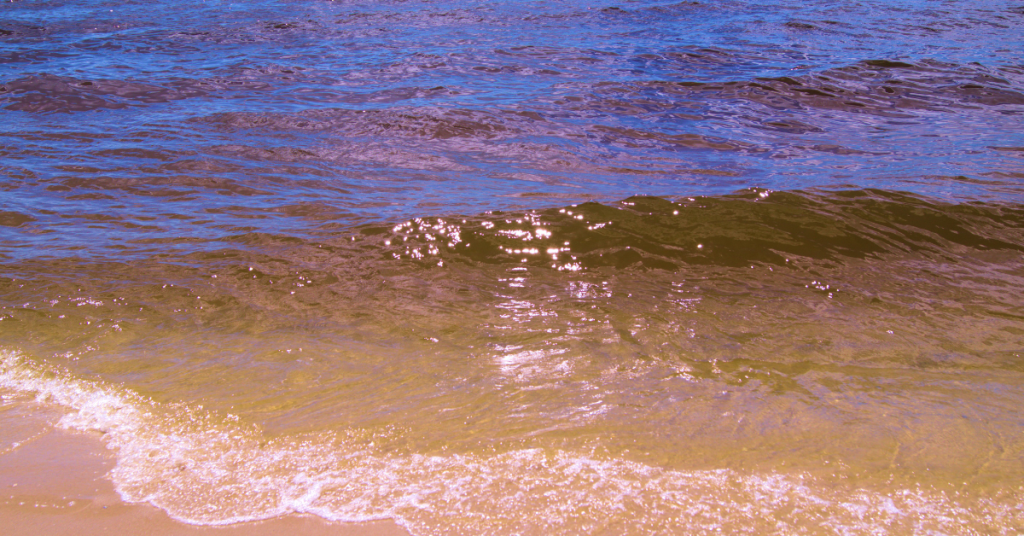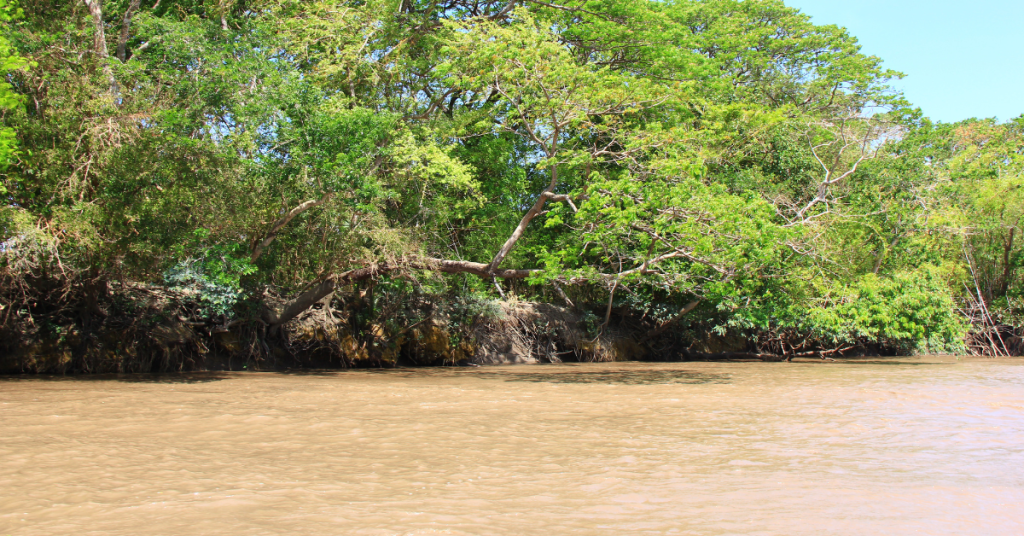
Brackish water is a unique type of water that falls between freshwater and saltwater. It contains a varying degree of salinity, higher than fresh water but lower than seawater. Brackish water is typically found in estuaries, where freshwater rivers meet the ocean. Homes or businesses looking to convert this water into drinkable water may have questions regarding how it works and what they could expect. Brackish water treatment is a complex and important process, and our manufacturers of engine-driven watermakers are here to answer any questions you may have. Continue reading below to learn more about what we have to offer.
What Is the Brackish Water Desalination Process?
There are several key steps to removing the salt and impurities from brackish water, which transforms it into fresh water. While there could be different steps depending on the process that is used to create fresh water, some of the most common steps in the process are detailed below:
Pre-Treatment
Brackish water often contains suspended particles, organic matter, and other impurities. The water undergoes pre-treatment processes such as filtration, sedimentation, or coagulation to remove these substances and prepare them for further treatment.
Reverse Osmosis (RO) or Electrodialysis
The most common desalination methods for brackish water are reverse osmosis and electrodialysis. In reverse osmosis, water is pressurized and forced through semi-permeable membranes that allow water molecules to pass while blocking salts and impurities. In electrodialysis, an electric current is applied across ion-selective membranes, separating ions from the water.
Concentrate Disposal
During the desalination process, a concentrated brine solution containing the removed salts and impurities is produced. Proper disposal or management of this concentrate is essential to minimize environmental impact. It may be discharged into the ocean, injected into deep wells, or further treated for resource recovery.
Post-Treatment
After desalination, the freshwater may undergo post-treatment processes to adjust pH levels, remineralize it for taste and health benefits, and disinfect it to ensure it meets drinking water standards.
Distribution and Storage
The treated fresh water is typically stored in reservoirs or distributed through a network of pipes for various uses, including drinking, irrigation, or industrial applications.

Who Would Be Interested in the Desalination of Brackish Water?
There are many different kinds of businesses that would be interested in a fresh watermaker for brackish water treatment. Some of the businesses and industries that are most likely to use a desalinator or watermaker include municipalities and water utilities, businesses in the agricultural sector, industrial manufacturers, coastal communities, and organizations interested in environmental conservation.
How Do You Desalinate Brackish Water?
When confronted with brackish conditions—water characterized by a salinity level higher than freshwater but lower than seawater—the efficacy of reverse osmosis desalination systems becomes particularly evident. Reverse osmosis stands out as an ideal option for purifying brackish water due to its energy efficiency, versatility, and cost-effectiveness. By leveraging high-pressure filtration, our desalination systems effectively address the unique challenges posed by brackish water sources, providing a reliable and sustainable solution for communities and individuals striving for water independence in diverse environmental conditions. Some of our most popular systems include 12/24v DC watermakers and AC desalination systems for small boats. However, for those who are interested in larger water treatment services, some of the best options include the ECHOTec eco-series and BHL series.
Is Brackish Water Good for Anything?
Brackish water, characterized by its moderate salinity levels falling between freshwater and seawater, presents a valuable resource with transformative potential when effectively harnessed. While directly consuming brackish water may not be suitable due to its saline content, its purification holds immense significance. The process of converting brackish water into fresh, potable water through advanced technologies like solar desalination is a crucial step towards maximizing the utility of this resource. In regions where freshwater is scarce, brackish water serves as a valuable alternative that, when purified, can meet essential drinking, agricultural, and industrial needs. Whether it is with a system similar to a boat desalinator or a larger system like a BHL series, using a reverse osmosis watermaker is the best option to treat brackish water.
Is Brackish Water Drinkable?
Brackish water, positioned between freshwater and seawater on the salinity spectrum, is not inherently suitable for direct consumption due to its elevated salt content. The concentration of dissolved salts and minerals renders brackish water unpalatable and potentially harmful to human health when ingested without treatment. Consuming untreated brackish water can lead to dehydration and adverse health effects due to the body’s inability to effectively process and excrete excess salts. However, the transformative potential lies in advanced desalination technologies, such as reverse osmosis systems, which offer a reliable means of making brackish water drinkable. Our sailboat desalination systems make this kind of water potable for people living close to brackish water.
Do Lakes Have Brackish Water?
If you live close to a lake, you are going to need to find out if the lake that you are living close to has brackish water that you may need to treat. Lakes typically do not contain brackish water. Brackish water is characterized by a moderate salinity level, falling between the lower salinity of freshwater and the higher salinity of seawater. Lakes, being primarily freshwater bodies, have significantly lower salt concentrations compared to brackish water sources. The water in lakes originates from various inputs, such as precipitation, runoff, and groundwater, contributing to its predominantly low salinity.
Brackish water is more commonly associated with estuaries, where freshwater from rivers mixes with seawater from the ocean, creating an intermediate salinity. Coastal areas near the ocean may also have brackish water due to the influence of tidal flows and saltwater intrusion.
More About ECHOTec Watermakers
ECHOTec Watermakers is a manufacturer of desalination machines and equipment that is here to help our customers with their desalination needs. We provide a variety of different watermakers for different kinds of customers. Aside from our industrial desalination machines for brackish water treatment, we offer watermakers for yachts thanks to our collection of 12v watermakers and sailboat watermakers. Schedule an appointment with us today to learn more about home and boat desalination units.


